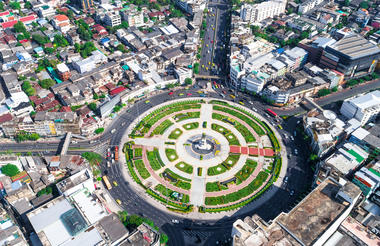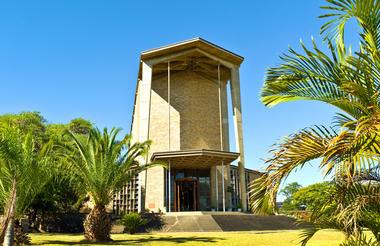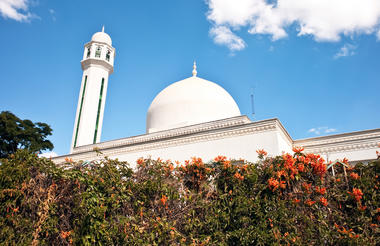Bordering the Luangwa River, the northern and southern Luangwa National Parks contain some of the most breathtaking and untouched wilderness in Africa. As a result of this and the parks’ successful anti-poaching campaigns, the area has developed into a world-renowned wildlife haven. The South Luangwa National Park is renowned for its walking safari, which allows visitors to view elephant, hippo and even lion close-up under the supervision of professional and knowledgeable armed guides.
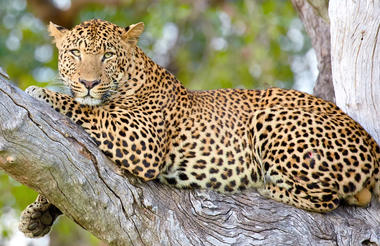
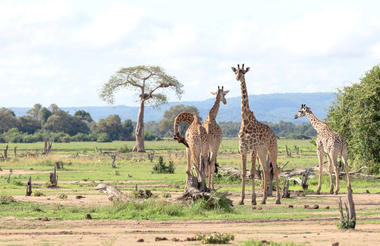
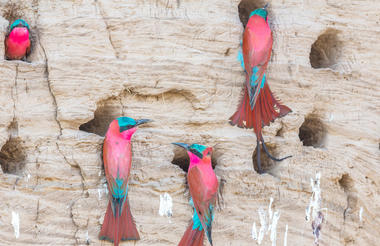
Tourists can only access this magnificent private park via a safari operator, who can take them on exciting walking safaris through the park, where visitors will find themselves surrounded by pristine wilderness. North Luangwa provides a sanctuary for a plethora of wildlife, including buffalo, lion, hyena, wildebeest, bushbuck, zebra, warthog, baboon, puku, elephant, leopard, hartebeest, reedbuck and eland.



Surrounding the Lake Shiwa Ngandu, Ishiba Ng'Andu Nature Reserve offers a landscape of hills, lush tropical vegetation and ancient archaeological sites. Relax in the warm bubbles of the Kapishya natural hot spring, picnic on its white sands or watch where it becomes the glorious Chusa Falls, plummeting down into rapids which provide a perfect spot for rafting. Hikers can take the three-hour climb up Nachipala Bareback Hill to see unrivalled vistas of Lake Shiwa Ngandu, where later they can enjoy a range of boat tours for some excellent birdwatching and fishing. Visit an iron age archaeological site, visit the local farms, explore the area on horseback, or go searching for a glimpse of the rare Sitatunga antelope and tiny Blue Duiker.



Mutinondo Wilderness is an area of breathtaking vast green plains and rocky hills located in the Muchinga Province, on a plateau 30 kilometres west of the Luangwa Valley. The landscape is decorated with gorgeous wildflowers and the miombo woodland and is home to an abundance of animal species. This important conservation area boasts around 1600 documented plant species, a diversity of birdlife, and wonderful opportunities for outdoor adventure. Climb the dramatic granite inselbergs; explore the area on horseback; hike, run, or cycle up to 70 kilometres of beautiful trails; take a guided mushroom picking tour or swim and canoe in the numerous crystal-clear rivers and pools. Animal lovers will delight in the chance to see the elusive and majestic Pel’s Fishing Owl.



Kasanka National Park is one of the most picturesque parks in Zambia and is open all year round. It contains a rich diversity of animal, bird and plant life including several rare species including sitatunga, wattled crane, Ross’s Lourie and Blue Monkeys. Kasanka is also host to a unique congregation of several million straw-coloured fruitbats every November and December. Witness this spectacle of these bats at dusk and dawn, filling the skies as far as the eye can see. Kasanka also offers a variety of activities including cycling, canoeing, guided walks, game drives, bat experiences and more. Various outings to the surrounding areas can be arranged and visits to interesting sites such as the David Livingstone Memorial, Nsalu Caves decorated by ancient rock paintings and the tumbling Kundalila Falls.
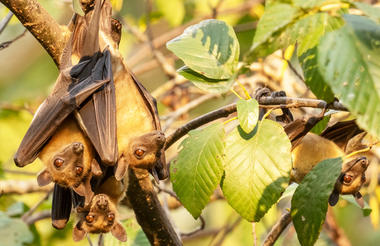
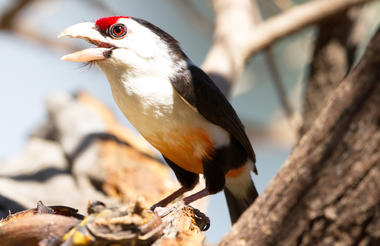
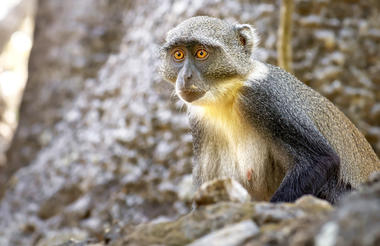
Situated in the Central Province of Zambia, Mkushi is a town set on the North Road near the border Tanzania in the northeast of Kapiri Mposhi. It is known for its agricultural history, rich culture, and jaw-dropping wilderness - from here, explore the popular Changwena Falls and Fort Elwes, built-in 1896 by European gold prospectors. There are many other activities to look forward to including fishing, hiking and biking and learning about local culture. This charming town also plays host to the annual sporting and cultural festival called ‘M-Fest’.



Lusaka, Zambia’s cosmopolitan capital, is a typical modern African city. Set on open plains at the heart of the country, northeast of the capital, the city serves as Zambia’s rapidly developing economic and transport hub with new buildings popping up everywhere and many chain stores and shopping malls springing up all over the sprawling suburbs. Lusaka’s wide, tree-lined boulevards feature a range of tourist facilities including hotels, guest houses, coffee shops, fast food outlets, nightclubs, and pubs. Visitor attractions include the Henry Tayali Gallery, showcasing local artworks; The National Museum, covering Zambia's colonial history; the Lilayi Elephant Orphanage; and a number of colourful markets. Don’t miss the popular Munda Wanga Environmental Park where you will find a Wildlife Park and Sanctuary, Botanical Gardens, Recreational Village, and an Environmental Education Centre.
